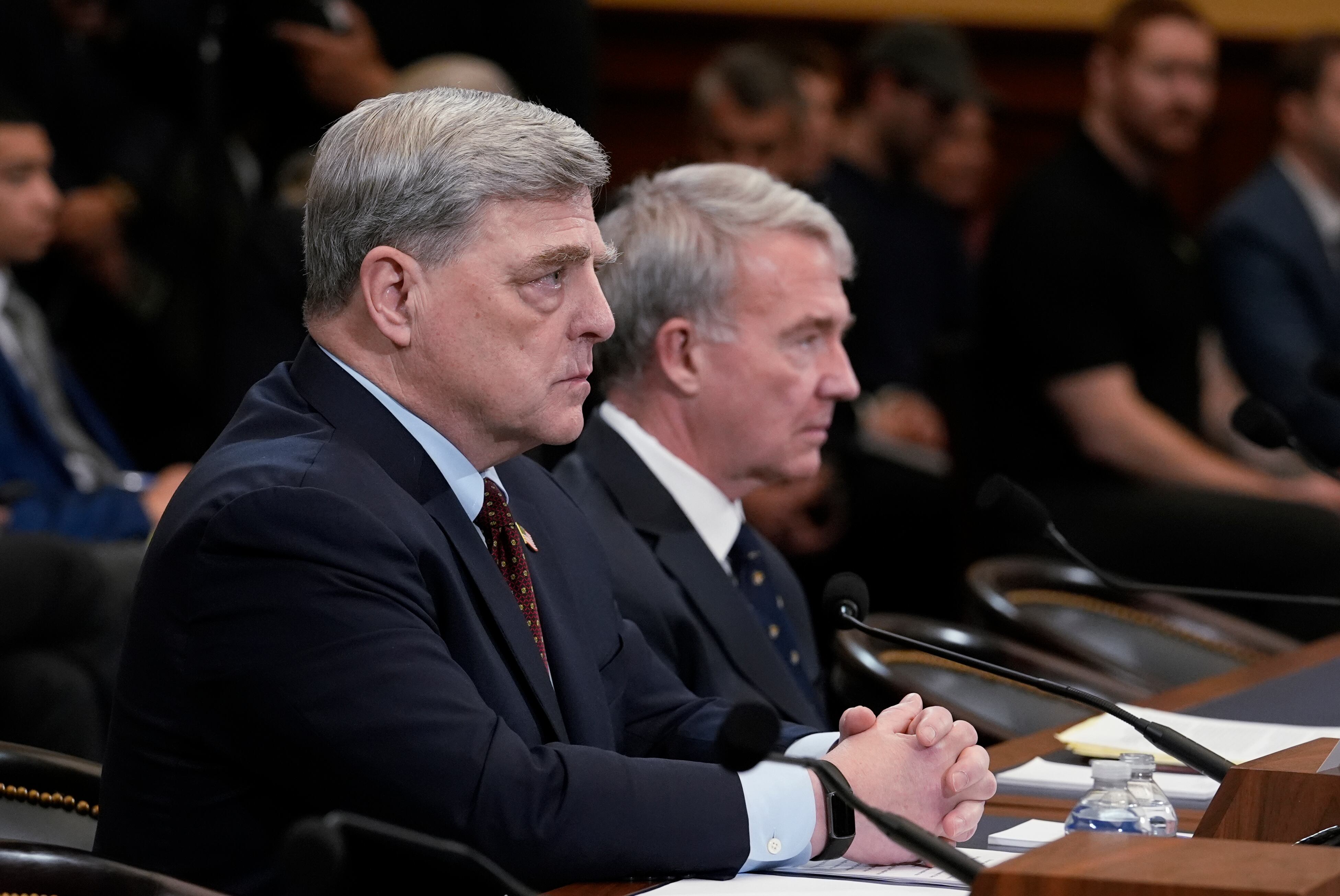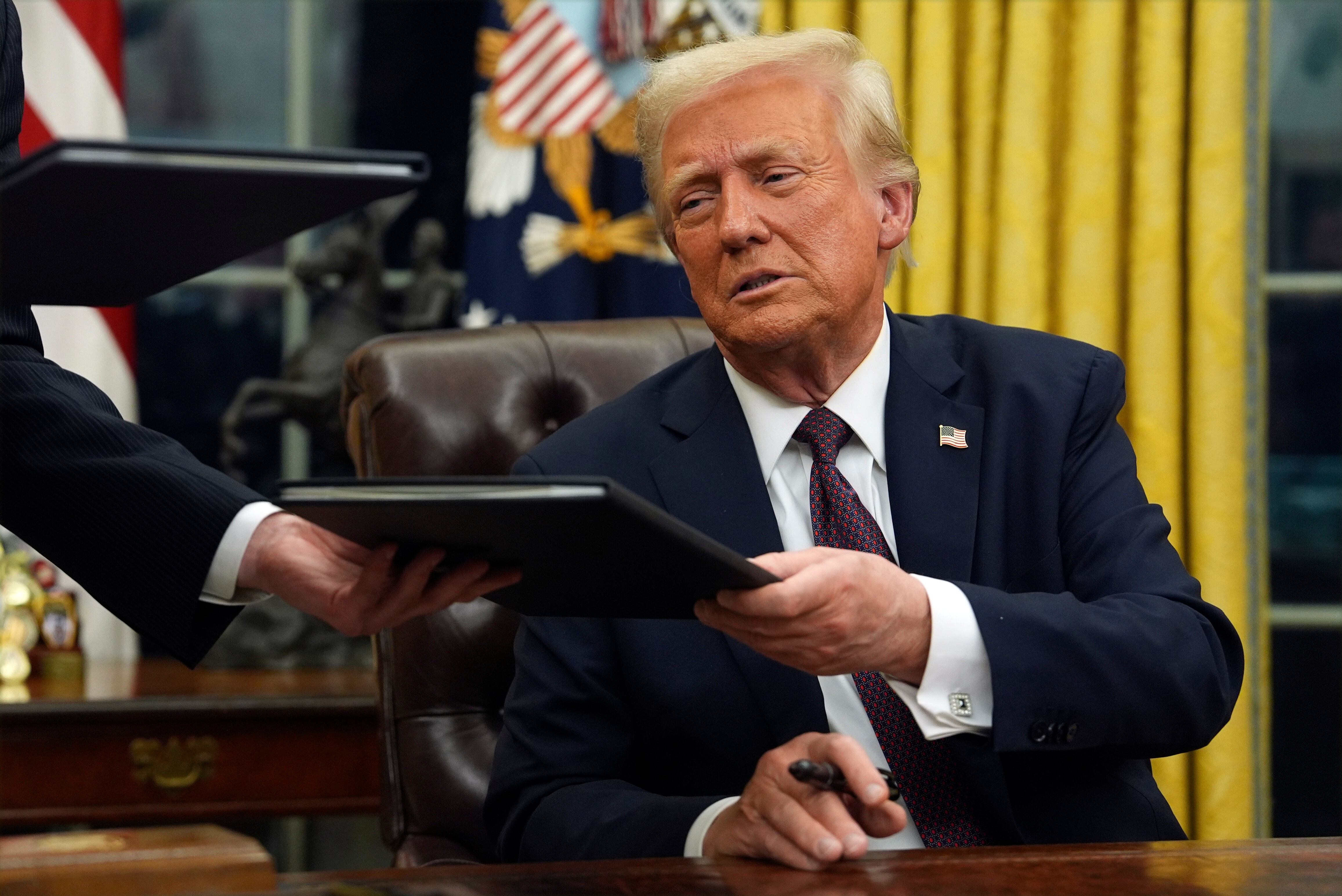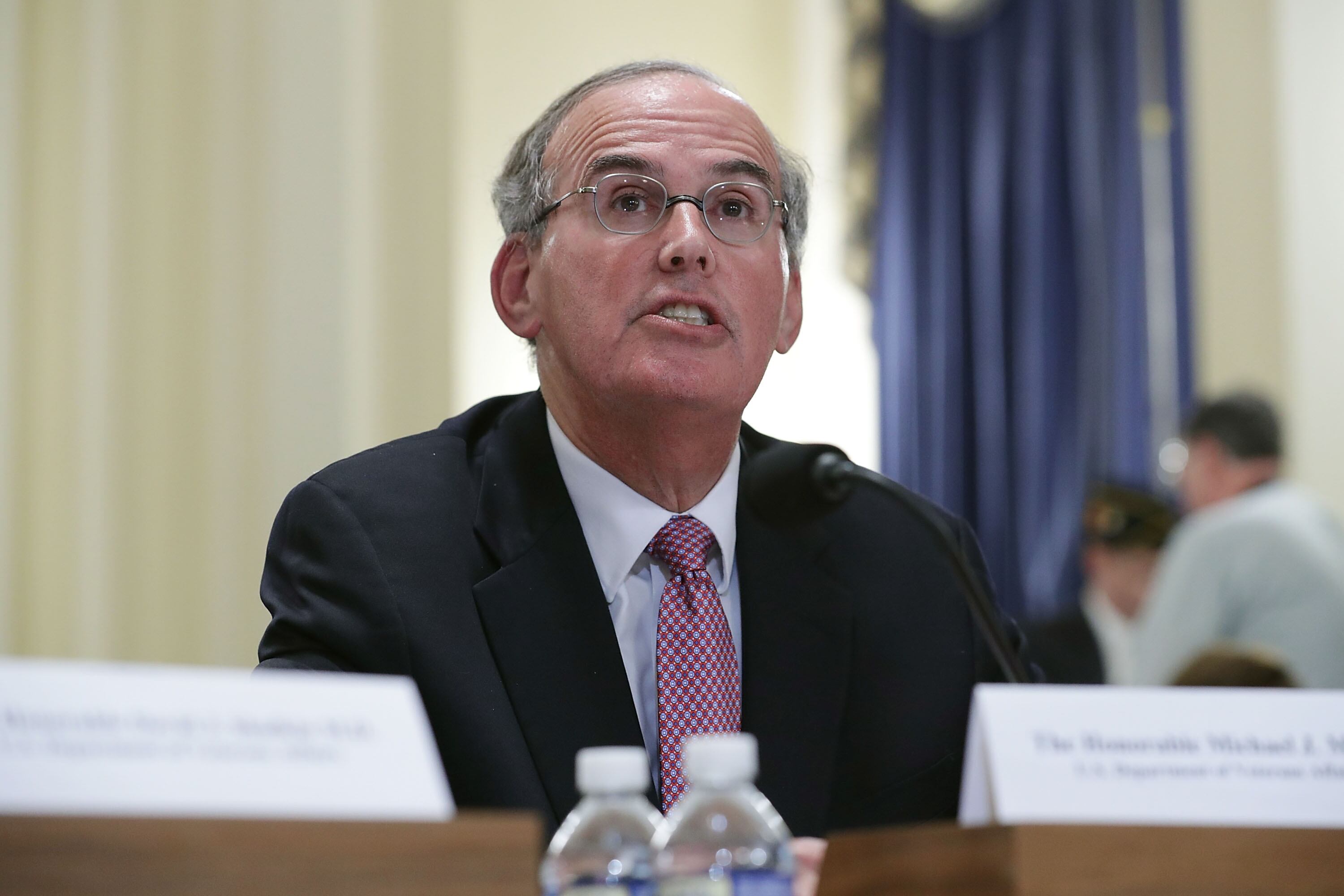How does one fight a ghost?
The seemingly phantom American “Ghost Army” was one of many problems plaguing the Wehrmacht in the summer of 1944. The Germans were not, as they believed, fighting a numerically superior American force, but battling artists, engineers and inflatables.
“The top-secret unit waged war using inflatable tanks and weapons, fake radio traffic, sound effects, even phony generals — all to fool the enemy into thinking that the army was bigger, better-armed, or in a different place than it was,” according to James M. Linn IV, curator at The National WWII Museum.
Now, after nearly a decade of research and grass-roots lobbying on their behalf, the masterful performers of the Ghost Army are slated to receive the Congressional Gold Medal.
Activated on Jan. 20, 1944, the unit known as the U.S. 23rd Headquarters Special Troops was the first mobile, multimedia tactical deception outfit in U.S. Army history. Comprising 82 officers and 1,023 men under the command of Army Col. Harry L. Reeder, this unique, top-secret detachment was capable of simulating two entire divisions — approximately 30,000 men — while being armed with nothing heavier than .50 caliber machine guns, according to The National WWII Museum.
First deployed two weeks after D-Day, the 23rd conducted 22 deception operations over a nine-month period. As the months wore on, the Ghost Army’s tactics became more sophisticated — with a flair of dramatics.
“There is too much MILITARY and not enough SHOWMANSHIP,” Lt. Fred Fox wrote in a memo to the unit’s leaders. “We must remember that we are playing to a very critical and attentive radio, ground and aerial audience. They must all be convinced.”
The mission, then, was never to fight Nazis, but to hoodwink them. Operating that close to the front, however, meant inherent danger.
The unit’s baptism by fire came near the city of Brest, France, on Aug. 23-25, 1944. The battle “marked the first time the 23rd Headquarters Special Troops used visual, radio and sonic deception all together,” according to The Ghost Army Legacy Project.
Their mission in Brest was to exaggerate the size of American forces attacking the city. Outnumbered and outgunned, the 23rd blasted sounds of marching troops and inflated over 200 plastic tanks and trucks to shore up the unit’s size.
“I guess we were successful because the Germans fired upon us,” 100-year-old Ghost Army veteran Bernie Bluestein, who specialized in fake signs and vehicle stencils, told The Washington Post. “We convinced them that we were the real thing.”
The deception proved so authentic that the German general, Hermann-Bernhard Ramcke, surrendered.
The Ghost Army’s final act came on March 18, 1945, when the 1,100-man unit deceived Nazi intelligence about the site and timing of the U.S. Ninth Army’s Rhine River crossing.
Under the cover of darkness, the phantom forces “blared sounds of rumbling vehicles, hammering and even soldiers swearing,” according to the Washington Post. “They radioed false orders to simulate movement to the front and posed as loose-lipped colonels and generals while planting disinformation for German spies to overhear in local bars and cafes.”
The Ghost Army’s contribution to Operation Plunder helped to overcome the final natural obstacle barring the U.S. Army’s way into Germany from the West.
Credited with saving between 15,000 and 30,000 American lives during the final year and a half of World War II, the actions of the secret unit were kept classified until 1996 — in case similar deceit was needed during the Cold War. Their contributions to the war effort only recently began receiving national attention.
“Some of these guys went to their graves without telling anybody in their families what this unit was involved in,” Beyer said.
That vault of secrecy, of course, will be pried open on March 21, when Congress presents the Congressional Gold Medal to the Ghost Army in a ceremony at the U.S. Capitol. Of the unit’s seven known surviving members, Bluestein, Seymour Nussenbaum and John Christman plan to attend.
“I’m certainly happy that it’s happening and they’re giving us a little recognition,” Bluestein told The Post. “But I’m very disappointed that it couldn’t have been a lot earlier when many of these soldiers were still living so they could have accepted and had some recognition the same as I am.”
Claire Barrett is the Strategic Operations Editor for Sightline Media and a World War II researcher with an unparalleled affinity for Sir Winston Churchill and Michigan football.





